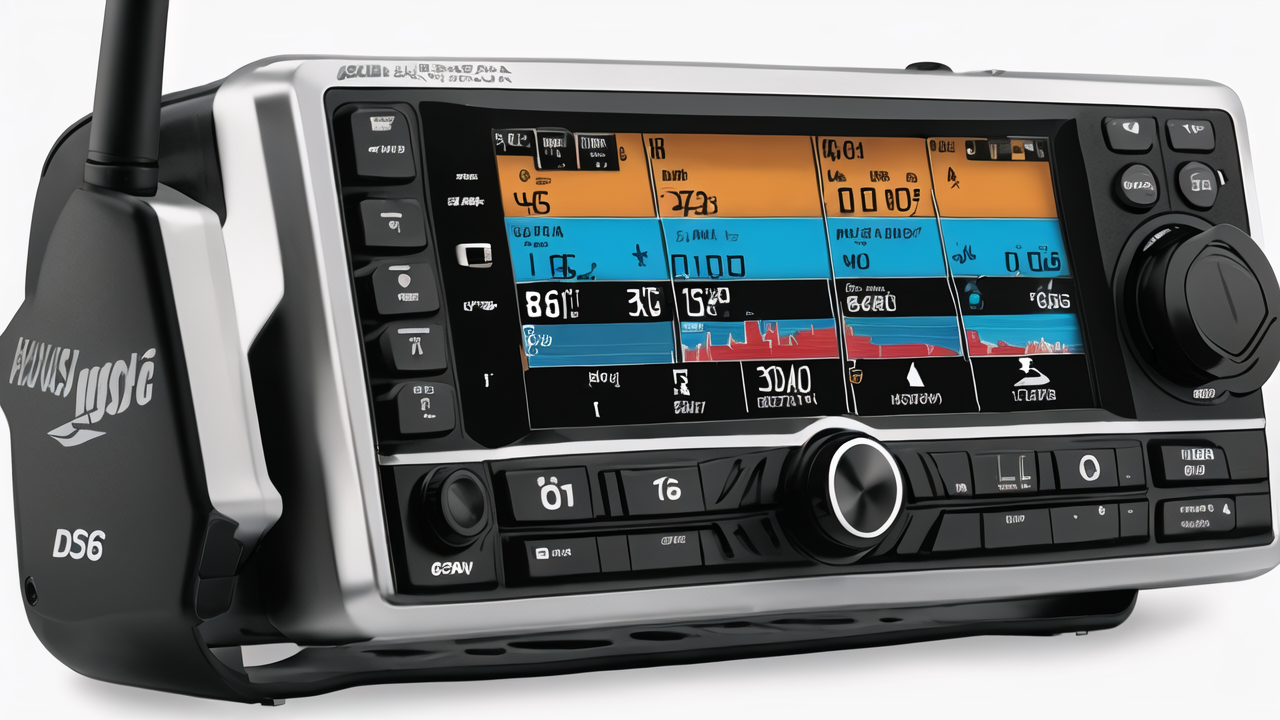Understanding the Basics of G86 Marine Radios
What is a G86 Marine Radio?
G86 Marine Radio is a two-way communication device designed for use on boats. It's a vital tool for

maritime safety and navigation. These radios allow boaters to talk to other vessels, marinas, and
coast guards. They're built to withstand harsh marine conditions like saltwater and sun exposure.
G86 radios are known for their reliability and clear transmission. They offer features specific to
marine use, such as weather alerts and distress calling. For any boating enthusiast, a G86 Marine
Radio is an essential piece of equipment.
Key Features of G86 Marine Radios
G86 Marine Radios come packed with features tailored for maritime use. They offer water-resistant
or waterproof designs to withstand splashes and rain. Most models have floating capabilities,
ensuring they don't sink if dropped overboard. They provide access to marine VHF channels for
communication. Many G86 radios include DSC (Digital Selective Calling) for automated distress
signals. Weather alert functions keep boaters informed about changing conditions. Some models offer
GPS integration for location tracking. Noise-canceling technology ensures clear communication in
noisy environments. Long battery life is also a standard feature in G86 Marine Radios.
The Importance of Reliable Marine Communications
Reliable marine communications are crucial for boating safety. G86 Marine Radios provide a lifeline
in emergencies at sea. They allow boaters to call for help, report hazards, and receive weather
warnings. Clear communication helps prevent collisions with other vessels. It enables coordination
with rescue services during accidents or medical emergencies. Reliable radios keep boaters
connected to shore-based services and marinas. They're essential for navigation in low visibility
conditions. G86 radios also enhance the overall boating experience by allowing communication with
other boaters. In remote areas, they may be the only link to the outside world.
Analyzing the Performance of G86 Marine Radios
Frequency Coverage and Range
G86 Marine Radios operate on VHF (Very High Frequency) bands. They typically cover all

international marine channels. The frequency range is usually between 156 and 163 MHz. This range
allows for communication with other boats, marinas, and coast guards. The transmission range of G86
radios can vary. Factors like antenna height and power output affect range. Most handheld models
can reach up to 5-6 miles. Fixed-mount units with higher power can achieve ranges of 20 miles or
more. Some G86 radios also include NOAA weather channels for up-to-date forecasts. The clarity of
transmission remains high even at long distances.
Durability and Build Quality
G86 Marine Radios are built to withstand harsh marine environments. They feature rugged,
water-resistant casings. Many models meet or exceed IPX7 waterproof standards. This means they can
survive temporary submersion in water. The materials used are resistant to corrosion from saltwater
exposure. UV-resistant plastics prevent damage from long-term sun exposure. Buttons and knobs are
designed for easy use with wet or gloved hands. Drop-resistance is another key feature, protecting
against accidental falls. The build quality ensures longevity even under tough conditions. G86
radios are known for their reliability in extreme weather situations.
Software and User Interface
The software and user interface of G86 Marine Radios are designed for ease of use. Most models
feature large, backlit LCD displays for clear visibility. Menu systems are intuitive, allowing
quick access to important functions. Many G86 radios offer customizable channel names for easy
recall. Scan functions help monitor multiple channels simultaneously. Some models include automatic
position polling for fleet tracking. The interface often includes one-touch access to emergency
channels. Software updates are available to add new features or improve performance. Advanced
models may offer integration with other onboard electronics.
Choosing the Right G86 Marine Radio for Your Needs
Recreational vs. Commercial Use
Choosing between recreational and commercial G86 Marine Radios depends on your boating activities.

Recreational models are ideal for casual boaters and small craft owners. They offer essential
features like weather alerts and distress calling. These radios are usually more compact and
user-friendly. Commercial G86 radios are designed for professional mariners. They offer higher
power output and more advanced features. Commercial models often have more memory channels and
better range. They may include ATIS (Automatic Transmitter Identification System) for inland
waterways. The build quality of commercial radios is typically more robust. Consider your frequency
of use and type of boating when making your choice.
Customization and Compatibility Options
G86 Marine Radios offer various customization and compatibility options. Many models allow for
personalized channel names and quick-access buttons. Some radios can integrate with existing boat
electronics systems. This includes chartplotters, AIS receivers, and external speakers. Advanced
G86 models offer Bluetooth connectivity for wireless headsets. Some units can connect to
smartphones for enhanced functionality. Antenna options range from basic whips to high-gain models
for extended range. Power supply options include rechargeable batteries and direct DC connections.
Consider your boat's layout and existing equipment when choosing customization options.
Regulatory Compliance in the United States
In the United States, G86 Marine Radios must comply with FCC regulations. All models should be FCC
certified for marine band use. A ship station license is required for vessels traveling to foreign
ports or waters. Recreational boaters in U.S. waters don't need a license for VHF marine radios.
However, an operator permit is needed for international voyages. G86 radios must have DSC
capability as per FCC mandate. MMSI (Maritime Mobile Service Identity) registration is recommended
for DSC functions. Ensure your chosen G86 model meets all current U.S. Coast Guard requirements.
Compliance with these regulations ensures legal operation and access to emergency services.





